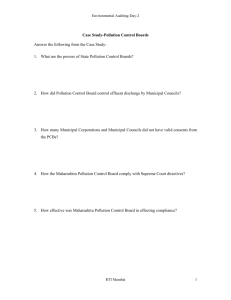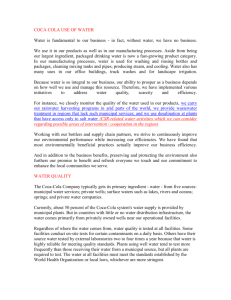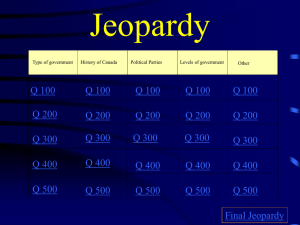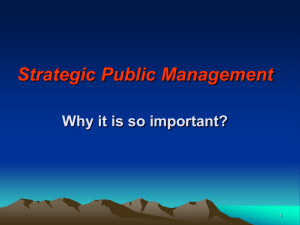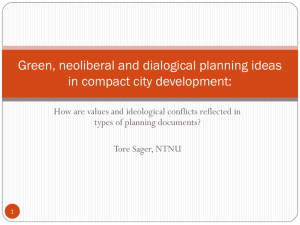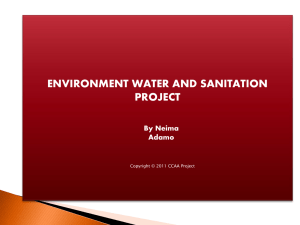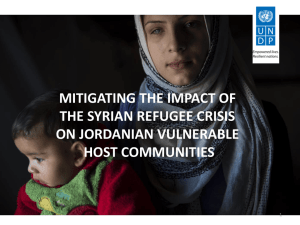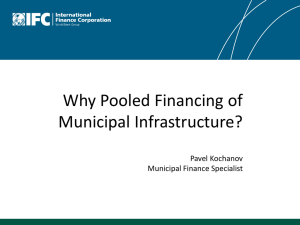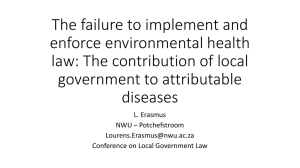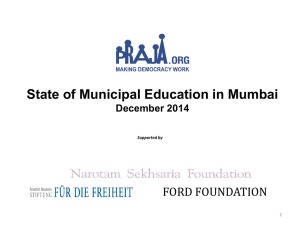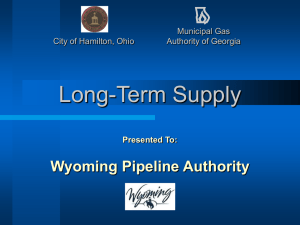Why Every Drop Counts
advertisement
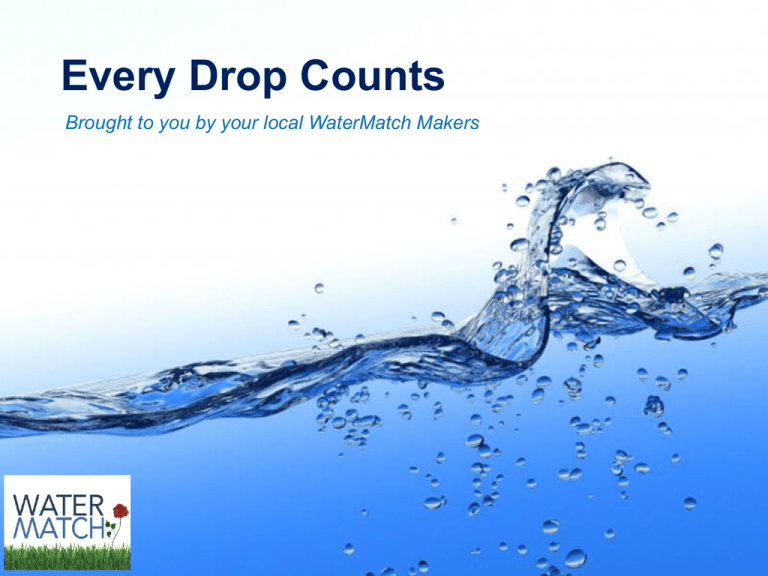
Every Drop Counts Brought to you by your local WaterMatch Makers Page 1 Introductions & Agenda • This presentation brought to you by… • Why every drop counts • WaterMatch and the WaterMatch Makers Program • Getting to know your local watershed and resources • Campus water conservation and awareness activities • How you can help and get involved Page 2 Why Every Drop Counts • All earth life is water life. Water is literally everywhere because life is everywhere •While you can go almost a month without food, your body can’t survive one week without water •Only 1% of the world’s water supply is available for drinking water • With increasing populations, it has become even more imperative to preserve and conserve our water • At any given time, more than half of the world’s hospital beds are occupied by people suffering from waterborne diseases •3-6 million people, mostly children, die every year due to preventable water-related diseases •Water is critical to daily operations of existing business and to the vitality of new commercial enterprise and residential developments • The availability of water resources and service has a profound effect on job creation and overall economic prosperity Page 3 •The Earth has always had the same amount of water what we have now is all we are ever going to have • My water becomes your water becomes their water all around the world We are all “Downstream” (click to play video produced by WateReuse Research Foundation) Page 4 Water reuse for both potable and non-potable uses is critical to achieving global water security and sustainability. Page 5 ch2mhill.com/watermatch Social networking + GIS mapping + water generators + water users = WaterMatch Page 6 What is WaterMatch? WaterMatch is a grassroots initiative to promote the beneficial reuse of municipal effluent by industry or agriculture, using the power of GIS mapping and social networking to facilitate matches. www.ch2mhill.com/watermatch By using the free WaterMatch website: Industrial and Agricultural water users can easily locate municipal wastewater treatment plants in their area. Municipal wastewater organizations can provide information in their profile. Page 7 Win-Win-Win Benefits Environment: • When Industrial and Agricultural freshwater use is reduced, freshwater supply for human use and/or ecosystems is increased. Communities: • Economic benefits: when Industries use municipal effluent, they are typically willing to provide funding for advanced treatment and for the water itself. • Reuse promotes the sustainability of cities and health of communities – particularly in developing countries. Industries and Agriculture: • Municipal effluent offers a secure source of relatively good quality water. • Use of non-fresh water strengthens a company’s public reputation and license to operate. Page 8 Why is it needed? According to Global Water Intelligence: “It is only by setting the target of reusing half of the world’s domestic water supply that the world can meet its water challenge over the next two decades without imperiling the environment.” Page 9 How does it work? Industrial and Municipal Users log in by providing brief information Public can search for WWTPs by location and distance Page 10 WWTP Locations and Names are Shown to Public Page 11 Registered Users can Link to Facility Profile Page 12 Municipal Users fill in Facility Profile Industrial Users find WWTP Contacts Page 13 Connections Made – Matches Begun Dear Shanghai Touxu WWTP, Our factory needs a reliable source of raw water for steam. What is the quality of your effluent? Regards, AAA Textile Mill Page 14 Example: Reuse by Oil Refineries Recycled Water Project Los Angeles, California, USA Municipality: West Basin Municipal Water District Company: Three Large Oil Refineries Flowrate: 14 million gallons per day Use: Cooling and Boiler Feed Water Conveyance: Underground Pipeline “Serving recycled water to the refineries redirects enough potable water to serve over 30,000 typical homes each year”. Joe Walters, Mgr. of Business Development, WBMWD Page 15 Example: Reuse by Power Plant Empire Generating Project Rensselaer, New York • 635 MW Natural Gas Combined Cycle • 4800 gpm of municipal secondary effluent for process make-up water • Tunnel beneath Hudson River to convey effluent to plant • Facility conserves fresh water consumption by as much as 4800 gpm in summer high demand period Page 16 University WaterMatch Makers Leveraging university students around the world to help populate the database, encourage WWTP participation, and build awareness about water reuse. Our role: Site Locations - Identify municipal WWTPs in area and add to WaterMatch Map Facility Profiles - Contact municipalities/WWTPs to help them fill in their Facility Profiles Progress Reporting – Provide updates on University Profile on WaterMatch Makers webpage and through social media Hold a WaterMatch Meet-Up & Water Awareness Event on Campus Page 17 What We Learned • USE THIS & ADDITIONAL SLIDES TO SHARE INFO ON: – Local water resources – local water shed, average rain fall, local water issues (prone to drought? Flooding?) – Local Facilities – how many are there, who do they serve, size, processes, any infrastructure projects taking place,etc – Water reuse in the area? – Experience visiting the facility/ speaking with staff- response – Overall experience Page 18 Water Conservation on Campus • USE THIS SLIDE(s) TO SHARE WATER CONSERVATION EFFORTS HAPPENING ON CAMPUS – reach out to facilities or sustainability director if you don’t know! Page 19 How You Can Help • USE THIS SLIDE TO ENCOURAGE PARTICIPATION IN CAMPUS/LOCAL PROGRAMS or general water conservation efforts students can help with Page 20 How You Can Help Wash laundry & dishes with full loads Always turn off running water Take shorter showers Eliminate any and all leaks Reduce the flow of toilets & showerheads Discover your own water footprint and how you can cut back at http://environment.nationalgeographic.com/environment/freshwater/water-footprint-calculator/ Page 21
